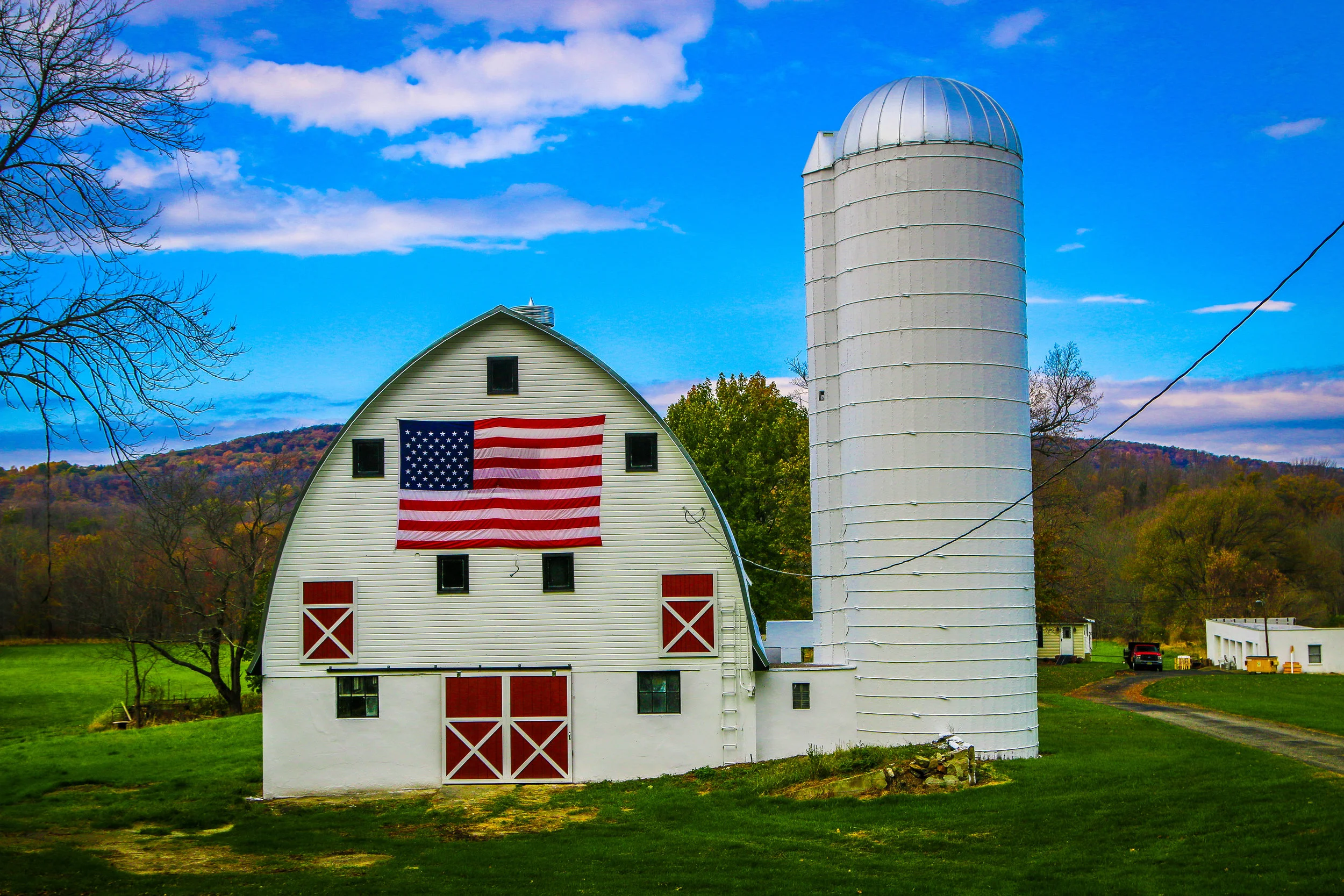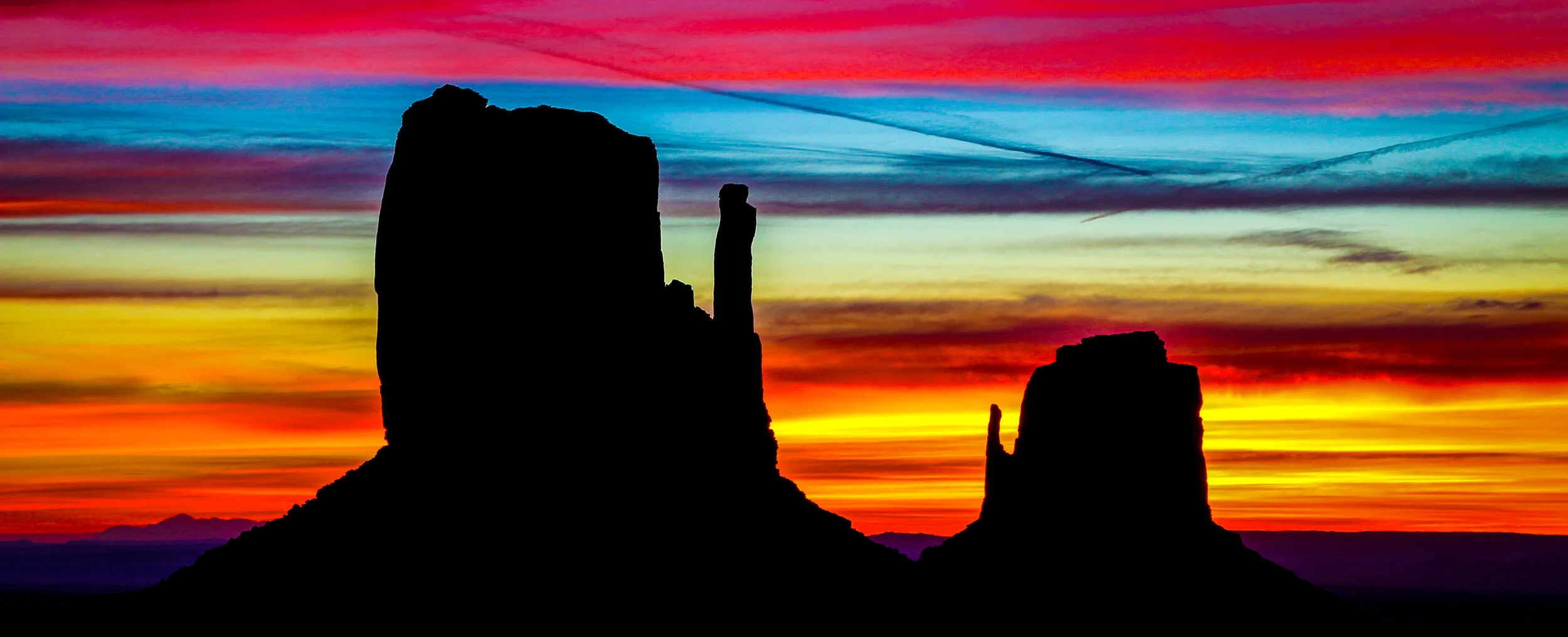The homes we now refer to as the Gila Cliff Dwellings were built beginning around 1276. The rivers in the area provided a constant source of water, a necessity in the desert and probably the reason the people who built these dwellings chose this location. While they were contemporaries of the people we now call the Ancestral Puebloans, differences in their construction styles, pottery and art have caused archaeologists to give them a different name and we refer to them as the Mogollon. The time that the Mogollon spent in these dwellings, approximately 25 years, coincides with prolonged drought in the area which caused many groups to move in search of water. It seems that the Mogollon moved into these alcoves near the beginning of the drought, and left as it was ending. When looking at history, it’s easy to think of 25 years as the blink of an eye, but it’s a whole generation of children growing to adulthood and having their own babies and adults moving into the roles of elders as elders pass on. There was love and loss and laughter as this group passed the time farming, hunting, building, creating and growing.
The Mogollon seem to have moved on around 1300 as the drought was coming to its end and these isolated dwellings likely remained empty for quite some time. The Chiricahua Apache migrated to the region in the 1500s and the great leader Geronimo was born near the headwaters of the Gila River around 1820. Spanish settlers came to the area in 1598, but there is no evidence they penetrated the wilderness anywhere near to the dwellings. Prospector H.B. Ailman documented the cliff dwellings in 1878 and by the time archaeologist Adolph Bandelier arrived in 1884, looters had ransacked the alcoves and made off with whatever artifacts were to be found. Homesteaders, miners, prospectors and ranchers arrived over the next few decades and President Theodore Roosevelt protected the area as Gila Cliff Dwellings National Monument in 1907. Not too long after he did, Aldo Leopold came to the region as a forester and lobbied the Forest Service to establish the GIla Wilderness, the first designated wilderness area in the country and an inspiration for the 1964 Wilderness Act.
Today, the Gila Wilderness is a quiet and magical place. It’s a two hour drive from Silver City, the nearest town of any real size, to the Cliff Dwellings. The road that brings you in is the aptly named Trail of the Mountain Spirits National Scenic Byway and it is a truly beautiful drive. During my visit, I toured the cliff dwellings, scouted out some beautiful pictographs, hiked the fabulous Little Bear Creek Canyon trail to the Middle Fork of the Gila River and soaked in wonderful hot springs. I loved my time in the Gila Wilderness and hope you enjoy these photos from my visit.
The Three Rivers Petroglyph site offers an amazing look into the ancient rock carvings of the Jornada Mogollon people. These rock carvings, created between 900 and 1400 AD, are scattered across a boulder field in the Chihuahuan Desert between the San Andres and Sacramento Mountains. There are over 20,000 recorded petroglyphs in this area, making it one of the most prolific petroglyph sites in the country. While nobody knows the exact meaning of these chiseled carvings, some of the more recognizable animals and birds offer a glimpse into what these ancient people found important. Located 17 miles north of Tularosa and 28 miles south of Carrizozo, this site, managed by the Bureau of Land Management, makes an excellent detour. There is a $5 admission fee to the site, but it is federal land so all National Park passes are also accepted. You could make the one mile out-and-back hike in under an hour, but the longer you stay, the more you will see. I hope you enjoy these photos of a tiny fraction of the carvings at the Three Rivers Petroglyph Site.
I felt truly privileged to experience Cultural Days with the Red Cliff Band of Lake Superior Chippewa on their Reservation on the shores of Lake Superior. It was a beautiful day to celebrate their culture. In addition to all of the dancing, chanting and beautiful regalia pictured here, there were also stations set up to learn more about the culture of the Anishinaabe people. I helped render down bear fat and learned about its healing qualities, drank cedar and wintergreen tea and ate smoked fish, fried walleye and bear cracklins. I also learned about birch-bark basket making, heard some wonderful flute and drum music and watched some traditional gambling games. My favorite experience of the day was throwing a spear using an atlatl which is something I had only ever seen in museums before. I have been very fortunate in my life to have experienced Native American culture in several different parts of the country, and to be able to attend a festival like this one is truly special. The people of the Red Cliff Band were particularly welcoming and really helped me understand their culture better for which I am forever grateful. They even got me to join in on several of their spot dances which was just wonderful. It’s a different experience to be inside the circle looking out than outside the circle looking in. I hope you enjoy these photos which will give you a glimpse into the magic of the day.
Monument Valley is a place everyone knows, even if they don't know they do. From the early John Ford Westerns to Marlboro and Jeep ads to Roadrunner cartoons, Monument Valley is the wild west of many people’s imaginations. It's a wonderful Tribal Park on the Navajo Reservation on the border of Arizona and Utah, and one of the most beautiful desert landscapes on earth. I’ve spent a lot of time there over the years and have seen it at all times of day and in all seasons. These are some of my favorite photos from my time there.





